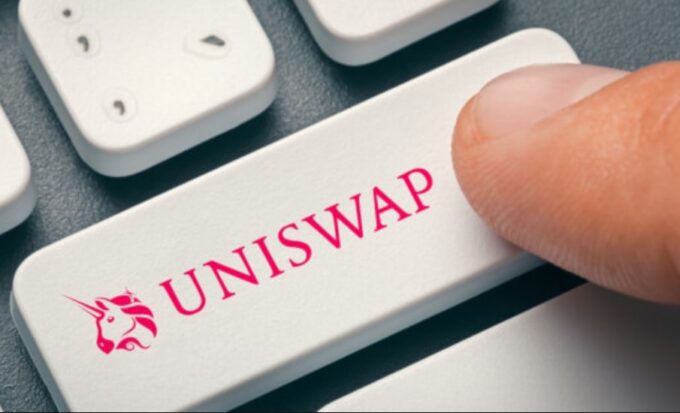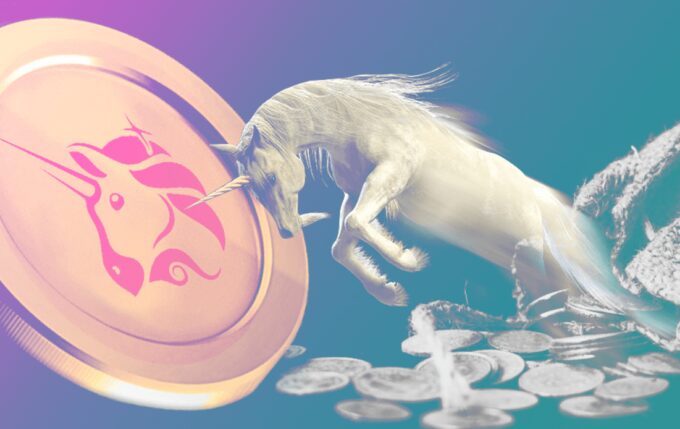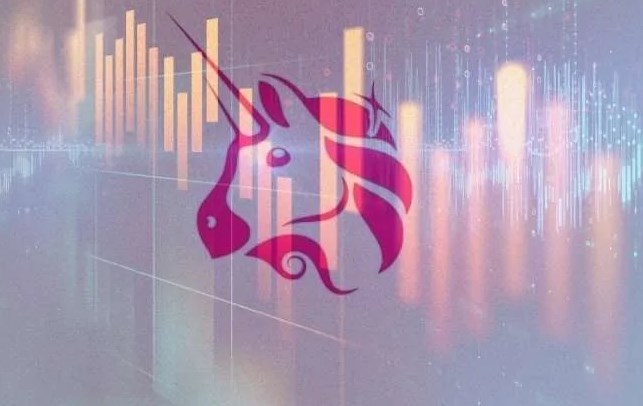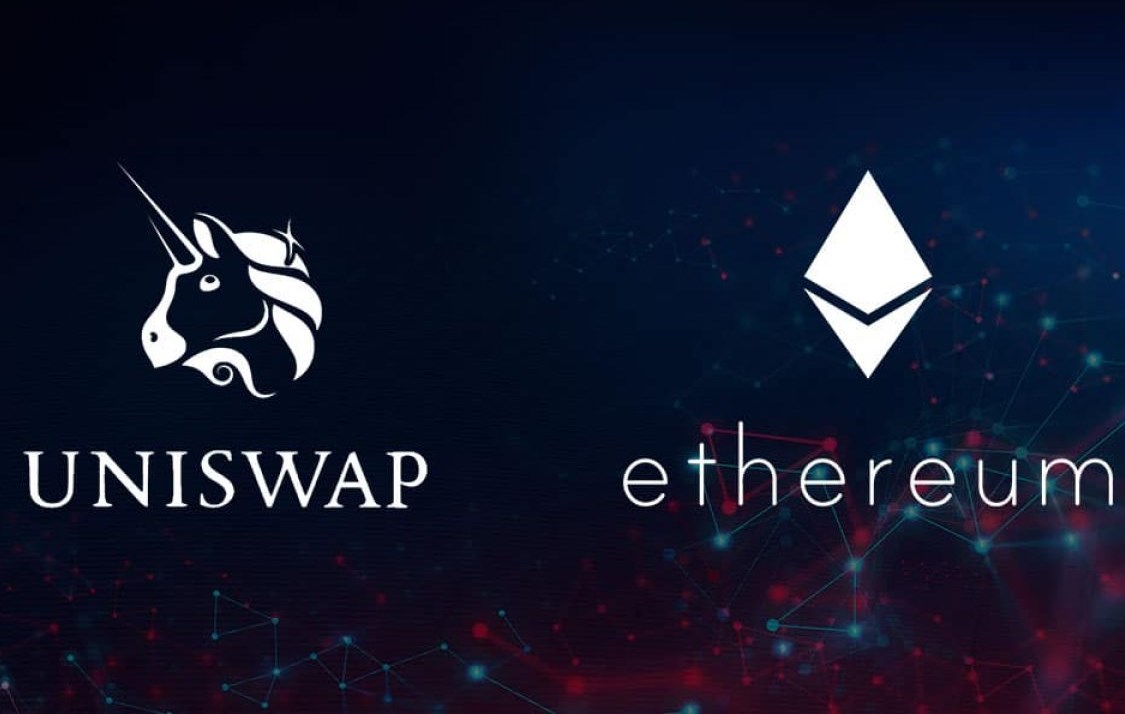What is Uniswap?

Unisawp is an Ethereum protocol that allows users to exchange ERC20 tokens on the network. Unlike other exchanges that charge fees for the process, Uniswap is a decentralized exchange (DEX) designed to trade tokens with users without incurring platform or intermediary fees. Uniswap was created in 2018 by Hayden Adams.
The protocol was created on top of the Ethereum blockchain, the second-largest crypto asset project by market capitalization. Because Uniswap is created on the Ethereum blockchain, it makes it compatible with all ERC-20 tokens and infrastructures such as wallet services like MyEtherWallet and MetaMask. Uniswap is completely open-source, which means anyone can copy the free code online and make their own decentralized exchange.
As a decentralized exchange (DEX), Uniswap makes it easy for users to have full control over their funds at all times. That makes Uniswap different from some exchanges that require traders and investors to give up control of their private keys so that orders can be recorded via the order book. Presently, Uniswap is the fourth largest decentralized finance (DeFi) platform with more than $3 billion worth of assets locked into its protocol – projected to even increase as Ethereum price also increases.
What’s So Special about Uniswap?
One of the things that set Uniswap apart from other decentralized exchanges is its use of Constant Product Market Maker Model as a pricing mechanism. That means any token can be added to Uniswap by funding it with an equivalent value of ETH and ERC-20 token being trade.
Another distinction with this decentralized exchange is that instead of connecting buyers and sellers to determine the price of a token, Uniswap uses a constant equation to determine the price of a particular token. The platform makes it in such a way that the price of tokens on Uniswap can only change if a trade occurs.
Uniswap Smart Contracts

Essentially, Uniswap is just a bunch of smart contracts that work together to make a decentralized exchange. Since smart contracts are codes uploaded to the blockchain, they are immutable, decentralized, and have the scalability that cryptocurrencies have. With smart contracts, you can transfer money autonomously based on the parameters in the smart contract, allowing for extremely efficient financial services.
Let’s take a look at how a Uniswap smart contract works. Investors send their cryptocurrency funds to a Uniswap smart contract to earn interest on their holdings; these investors are referred to as liquidity providers, and the smart contracts that hold their cryptocurrency are called liquidity pools. Liquidity providers are necessary for Uniswap to operate, as it is how they’re able to provide liquidity to trade on the platform.
How Are Uniswap Tokens Produced?
Whenever new ETH/ERC20 tokens are contributed to a Uniswap liquidity pool, the contributor receives a “pool token”, which is also an ERC20 token. Pool tokens are created whenever funds are deposited into the pool and as an ERC20 token, pool tokens can be freely exchanged, moved, and used in other dApps. When funds are reclaimed, the pool tokens are burned or destroyed. Each pool token represents a user’s share of the pool’s total assets and share of the pool’s 0.3% trading fee.
Is Uniswap Safe?

The exchange is arguably one of the most secure cryptocurrency exchanges you will find out there. Since it interacts directly with your Ethereum wallet, a hacker would have to breach your crypto wallet because your funds aren’t held by the exchange. Since Uniswap is a decentralized exchange, it makes it more difficult for hackers to have their way around it.
Unlike centralized exchanges that hold custody of users’ funds, which are much larger targets for crypto hackers. The risk of losing money through a decentralized exchange like Uniswap is very low, but that doesn’t mean it is not possible.
How to Use Uniswap
Getting started with Uniswap is relatively straightforward, however, you will need to make sure you already have an ERC-20 supported wallet setup such as MetaMask, WalletConnect, Coinbase wallet, Portis, or Fortmatic. Once you have one of those wallets, you need to add ether to it (use AnycoinDirect.eu) in order to trade on Uniswap and pay for gas – this is what Ethereum transaction fees are called. Gas payments vary in price depending on how many people are using the network.
Most ERC-20 compatible wallet services give you three choices when making a payment over the Ethereum blockchain: slow, medium, or fast. Slow is the cheapest option, fast is the most expensive and medium is somewhere in between. This determines how quickly your transaction is processed by Ethereum network miners.
Now, let’s see the steps to take to use Uniswap”

- Got to Uniswap homepage
- Click “Use Uniswap” in the top right-hand corner of the screen
- Got to “Connect wallet” and select the wallet you have
- Log into your wallet and allow it to connect to Uniswap
- You will be presented with an option to swap tokens directly using the drop-down options next to the “from” and “to” sections.
- Select which token you’d like to swap and then enter the amount and click “swap.”
- A preview window of the transaction will appear and you will need to confirm the transaction on your ERC-20 wallet.
Wait for the transaction to be added to the Ethereum blockchain. You can check its progress by copying and pasting the transaction ID into https://etherscan.io/. The transaction ID will be available in your wallet by finding the transaction in your sent transaction history.









